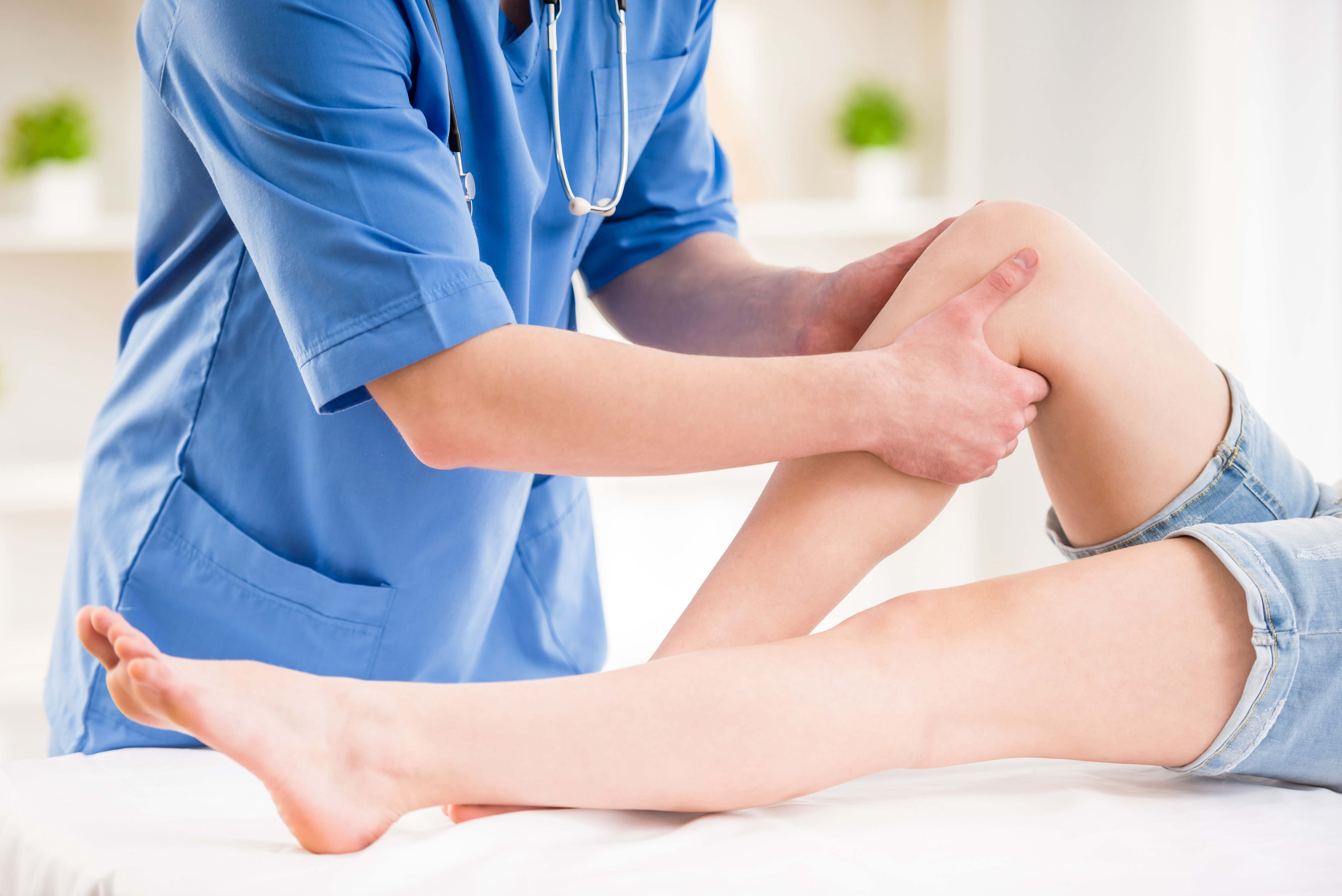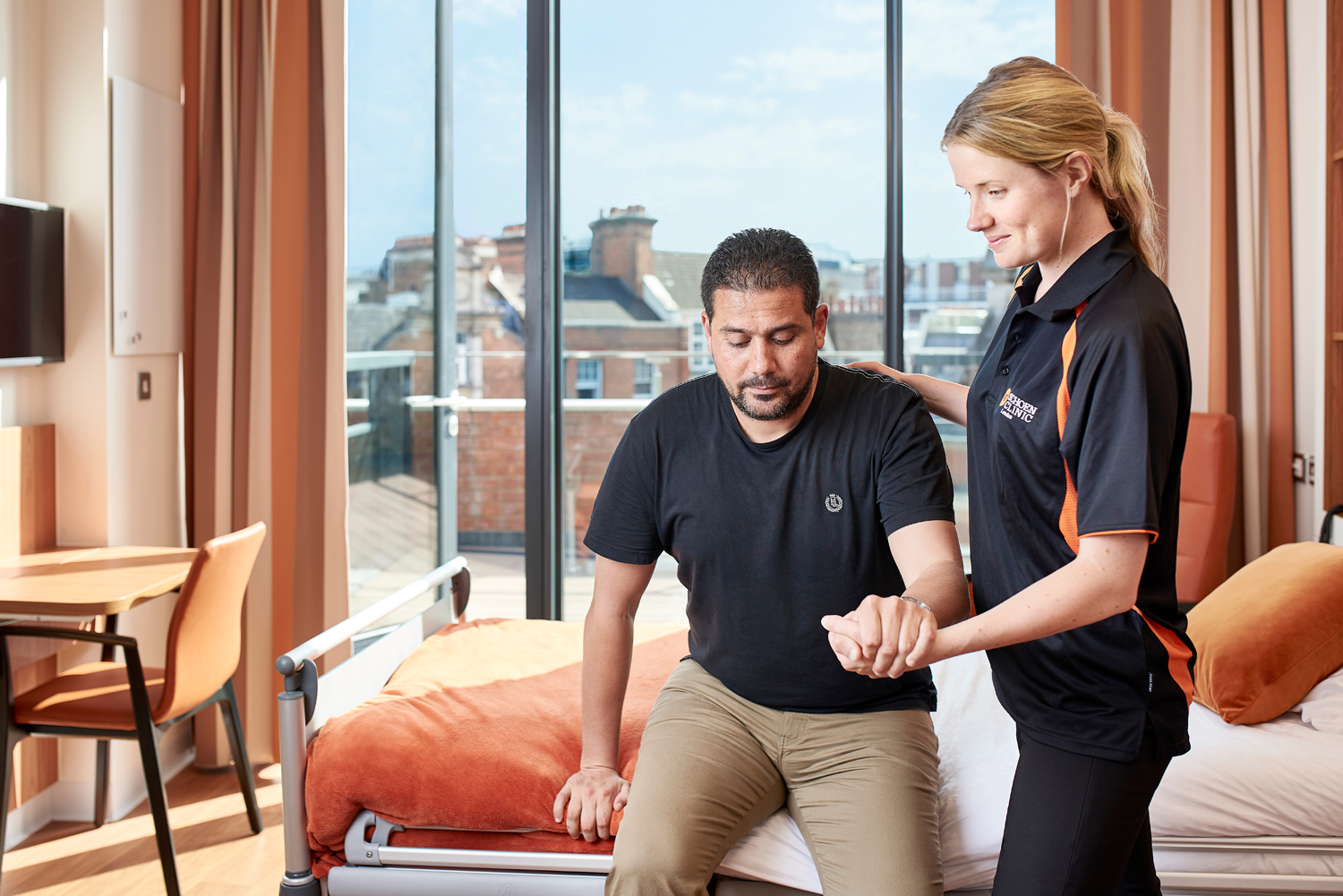There are more than two million people in the UK who run for fun.
But half of these are falling victim to injuries each year, according to a study, last year, by Salford University.
The most-common running injuries affect the knee; lower leg including the Achilles Tendon, shin and heel; and the hamstring muscle at the back of the thigh.
Knees
Knees are subject to a lot of trauma in running.
They have to withstand the impact of the weight of the body, and also act as a shock absorber.
Researchers estimate that forces of up to 1.5 times a person’s body weight are exerted when walking normally, and these are increased to 4-8 times when running.
Knee injuries are not unusual for runners and there are several conditions which are known as ‘runners knee’.
The term is commonly used to describe patellofemoral pain syndrome (PFPS).
This condition is concerned with pain at the front of the knee and around the kneecap (patella).
There can be a number of causes, but the condition is mainly associated with the alignment and overuse of the kneecap and stress put on the joint between the patella and femur.
PFPS occurs when the nerves detect pain sources in the bone and soft tissue of the knee joint.
Symptoms, if mild, can usually be controlled by conservative treatment.
However, sometimes pain behind the kneecap may be due to chondromalacia patella. This is a softening and deterioration of the cartilage on the underside of the patella, and it will probably require surgery to correct.
In addition, a stabbing pain in the knee may occur if the patella has become misaligned, or pain and swelling at the front of the knee may occur if overuse of the joint has caused fluid to accumulate in the knee joint, and in these cases, a doctor should be consulted.
Hamstring
The hamstrings are a group of muscles and tendons at the back of the thigh and work to flex the knee, extend the hip and push/pull the upper leg forward and backwards.
Pain in the hamstrings occurs as a chronic ache or tightness and may be due to the tendons becoming inflamed. This is called hamstring tendonitis and is due to the muscles being overused.
A sharp pain in the hamstring may be a sprain, pull, tear or partial tear due to the muscles being overloaded.
A torn hamstring is sudden and painful and will need medical attention.
Achilles tendon
The Achilles tendon is a band of fibrous tissue that connects the calf muscles to the bone of the heel.
It is the largest tendon in the body and allows you to stretch your toes out or to raise yourself up on them.
Strain to the tendon can be caused by overwork and it may feel stiff or give you a burning sensation.
However, if you have a severe pain it could mean that the tendon is ruptured or partly torn and you should seek medical advice.
The shin
The tibia is the bone which forms your shin and attached to it are muscles on the inner and outer side.
Shin splints is a fairly-common running injury and occurs due to overuse when one of these muscles, or other tissue, becomes irritated or slightly torn.
The pain is felt as tightness or an ache.
A stress fracture of the tibia is less likely, but is caused by an accumulation of strain put on the bone.
In this case, the pain in the shin gets worse until it becomes very uncomfortable to stand or to touch the part of the shin which is the site of the fracture.
Shin splints often heal on their own, rest, an ice pack and over-the-counter pain medication will help. But, if the condition does not improve it is advisable to see your doctor.
A stress fracture will need medical help.

Knees and shins are key problem areas which are prone to injury
The heel
The shape of the heel is defined by a bone called the calcaneus which is the largest bone in the foot.
It connects to the toes by a thick band of tissue, called the plantar fascia, which runs across the bottom of the foot.
Tension and stress here can cause small tears in the fascia which can become irritated and inflamed.
Pain can be felt in the heel or sometimes the bottom of the foot if extra pressure is put on it by engaging in more running than normal or running uphill. It can also be a result of inappropriate footwear.
The pain in the heel and foot arch is often worse in the morning and produces a stabbing sensation. The pain usually decreases as you begin to move around, but it is worth contacting your doctor for advice.
There are specialist clinics that provide a service especially for runners of all abilities from recreational runners to professional athletes, where you can get treatment and also technical advice about how to prevent injuries.

Serious or long-running injuries may need to be treated by a medical professional




